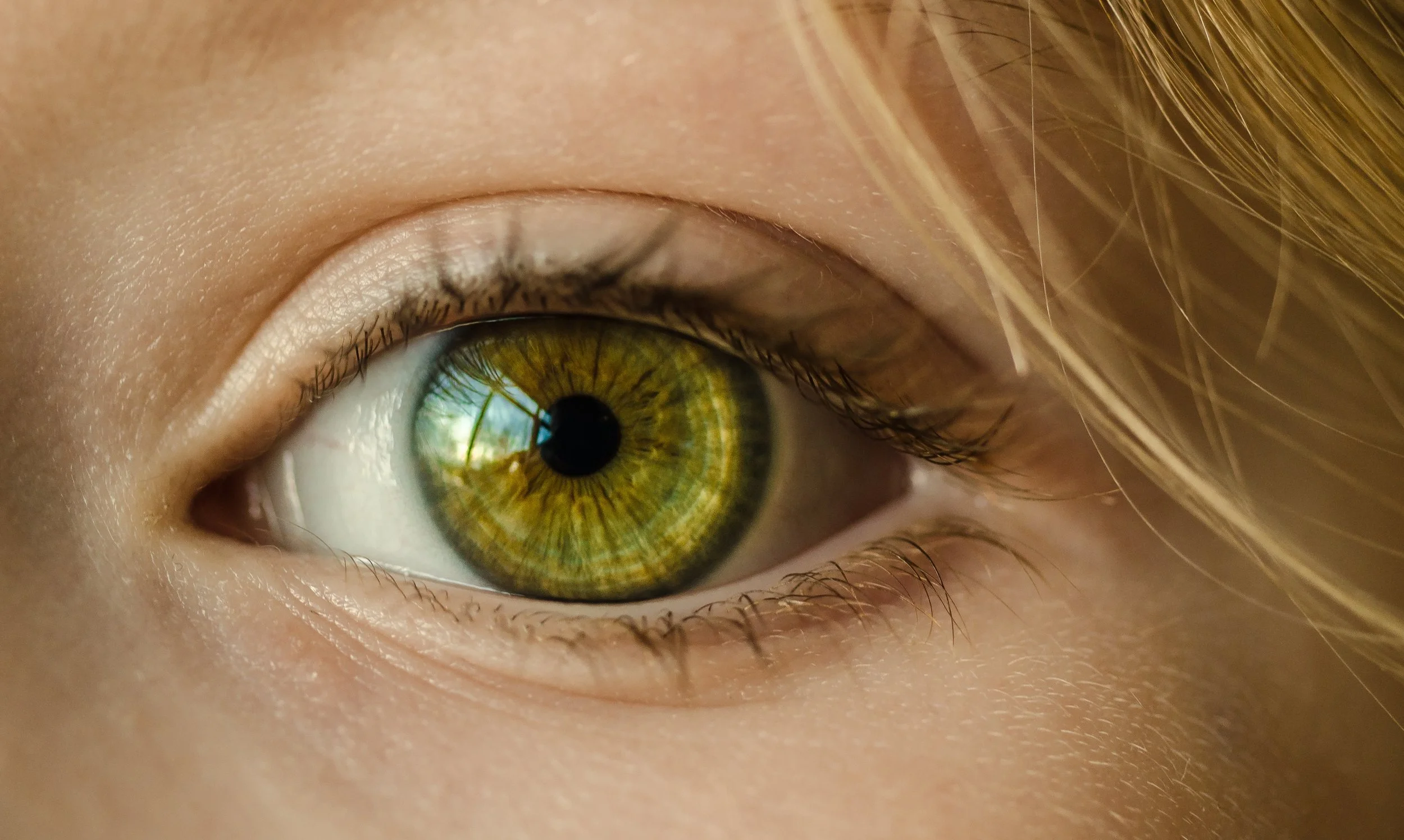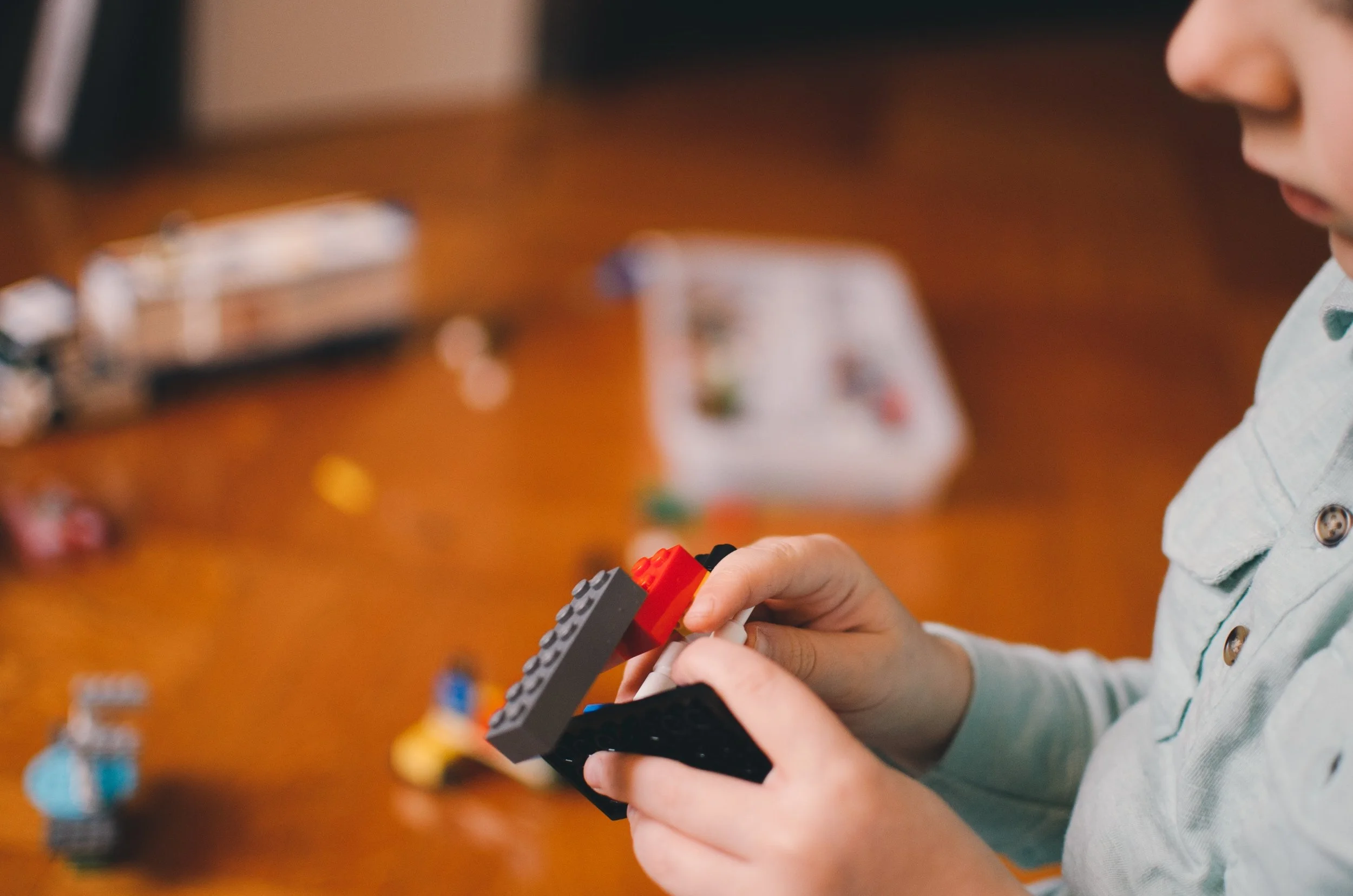6 Mindfulness Practices To Teach Your Minis
I’m sure you’ve heard the buzzword, ‘mindfulness’ being thrown around lately and for good reason. A mindfulness practice has proven to increase mental health and cognitive function, increased emotional regulation and self-control, and a decrease of stress and psychological distress in adults.
What exactly does it mean to be mindful?
Mindfulness is the state of being fully awake to life and being aware and focused on the present rather than thinking about the past or worrying about the future, which often is our brain’s default mode. It's the human ability to be fully present in the moment and to be aware of ourselves and the space we occupy without being overly reactive to thoughts, emotions, or other stimuli.
In children specifically, mindfulness has shown to mitigate the effects of bullying, enhance focus in children with ADHD, and improve mental health and social skills. Teaching children how to practice mindfulness will set your children up with a strong foundation for emotional mitigation, empathy, and focusing techniques they will need later in life.
The best thing parents and nannies can do to help children establish a mindfulness practice is by committing to a practice yourself, and role modelling your behaviour. Headspace is our favourite guided meditation app for a hectic schedule. All you need is a comfortable space and 5-10 minutes for your meditation with this app. You can also find community events for meditation classes and workshops in your area.
Try not to complicate mindfulness activities with your children. Establishing a mindfulness routine takes significant time and practice, and is especially beneficial to you and your minis if you practice together. You can use these exercises before doing homework, settling down for bedtime, or getting over a fear or uncomfortable moments.
Mindful Hearing
Annaka Harris is a children’s book author and a volunteer mindfulness teacher for the Inner Kids Organisation. She has a guided mindful hearing meditation activity on her website that encourages children to guess the sources of a wide range of sounds to improve concentration. With practice, children can implement mindful hearing in their daily lives to connect them to the present.
Mindful Play
This is an activity the whole family can partake in. Dedicate a block of time for mindful play with your children by tuning out all distractions and making it a tech-free zone. If you find your mind wandering, simply bring it back to the present sensations of being with your child.
Mindful Cooking
Cooking is a whole sensory experience and a great way to spend quality time together for some mindful play. You can help your mini notice colours, smells, textures, and sounds in the kitchen.
Mindful Breathing
Deep and slow breathing stimulates the nerve that connects the brainstem to the heart, lungs, and organs in the abdomen, the vagus nerve (part of the parasympathetic nervous system). In addition to slowing the heart rate, the vagus nerve controls the release of various neurotransmitters.
Left Brain Buddha shares a video of her son teaching different styles of mindfulness breathing. It helps your children visualise their breath and gives them something to focus their attention on. This is a skill they can take anywhere to relax both the body and mind in times of stress, pain, or concentration.
Mindful Stroll
Take your mindfulness practice outdoors with and engage your “spidey-senses.” You can both point out observations you’ve never noticed before in the neighbourhood and then commit another portion of your walk to complete silence simply noticing the sights, sounds, and smells from your walk.
Mindfulness Journals
This is where you can let your child’s creativity run free with their mindfulness practice. You can both commit to a mindfulness journal where you write or draw the things you’ve noticed on your mindful stroll.
The journal can also be a gratitude space where you write or draw something you are grateful for that day. Practising gratitude enhances empathy and reduces aggression. According to a study published in Applied Psychology: Health and Well-Being, people who practice gratitude journaling have better sleep.
Keep your family organised with our free family planner.
Brisbane, Gold Coast, Byron Bay, & Sydneys Premium Nanny Agency












